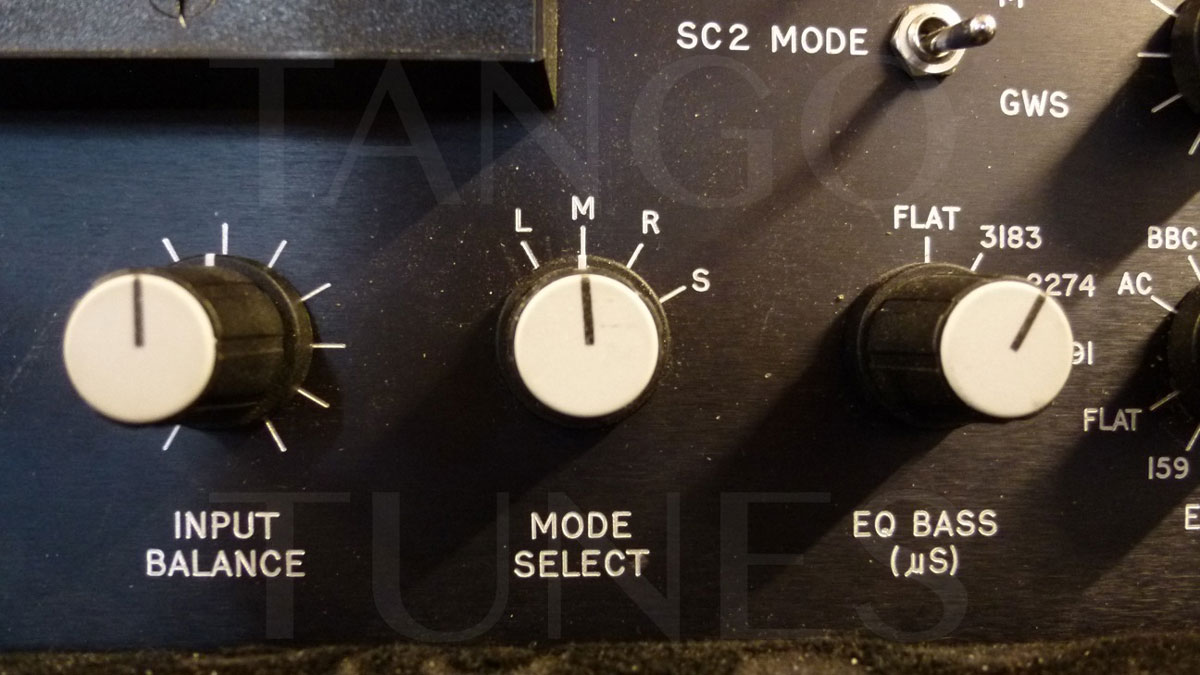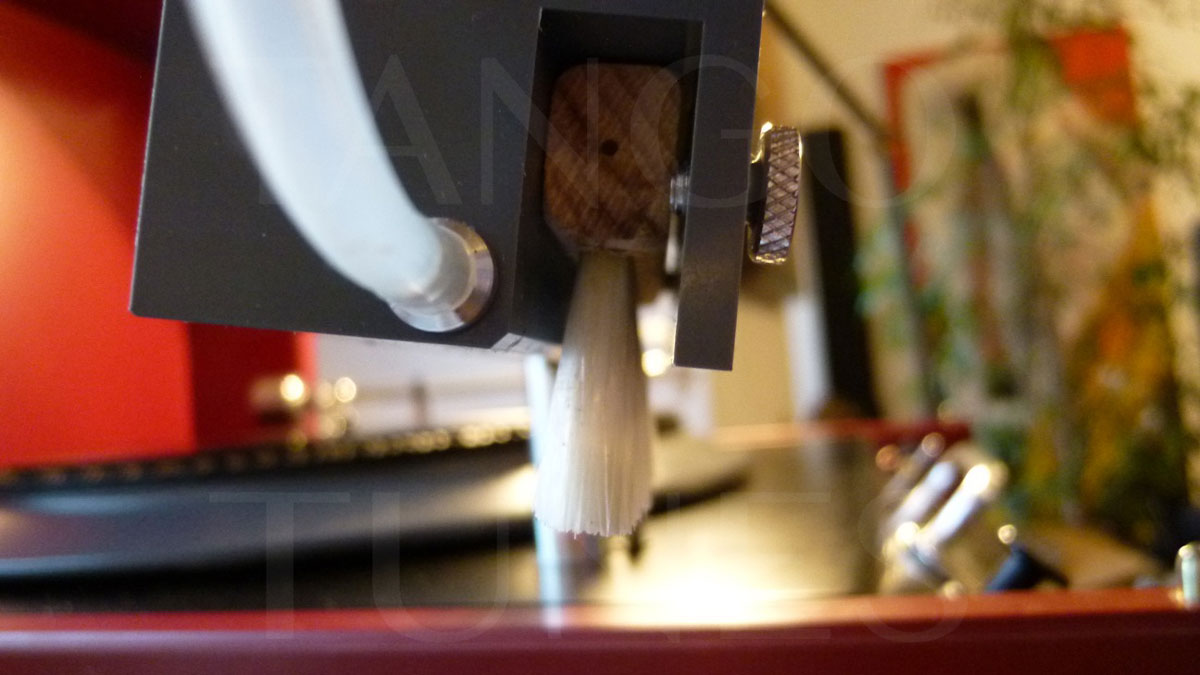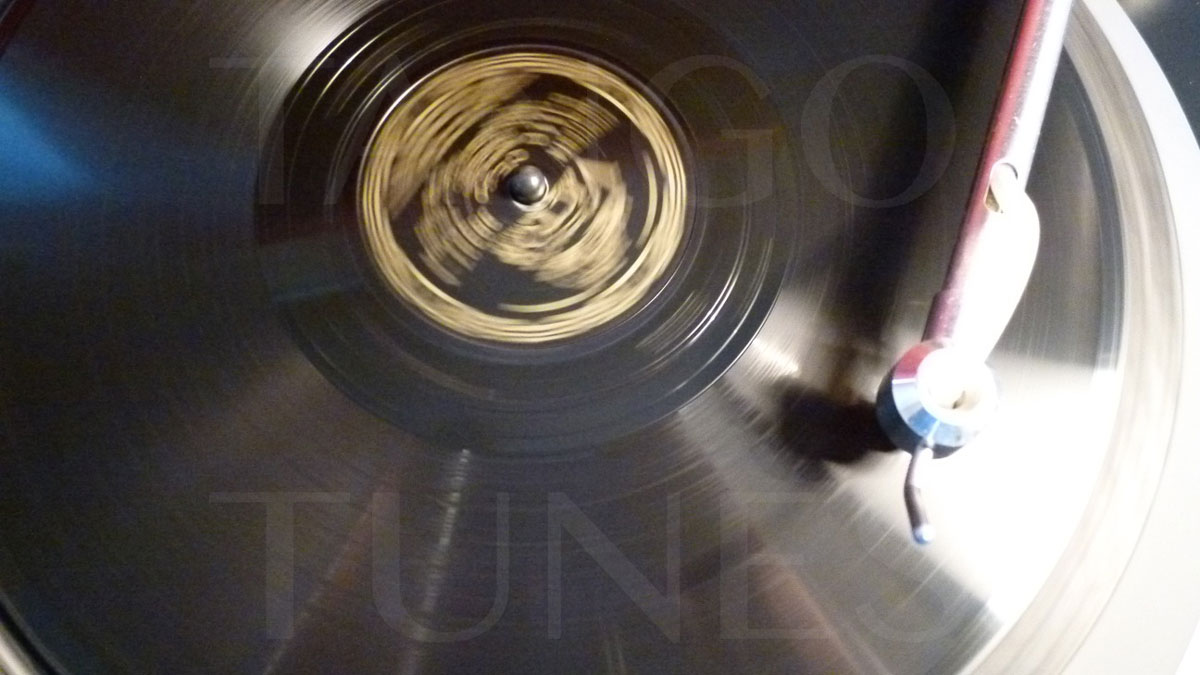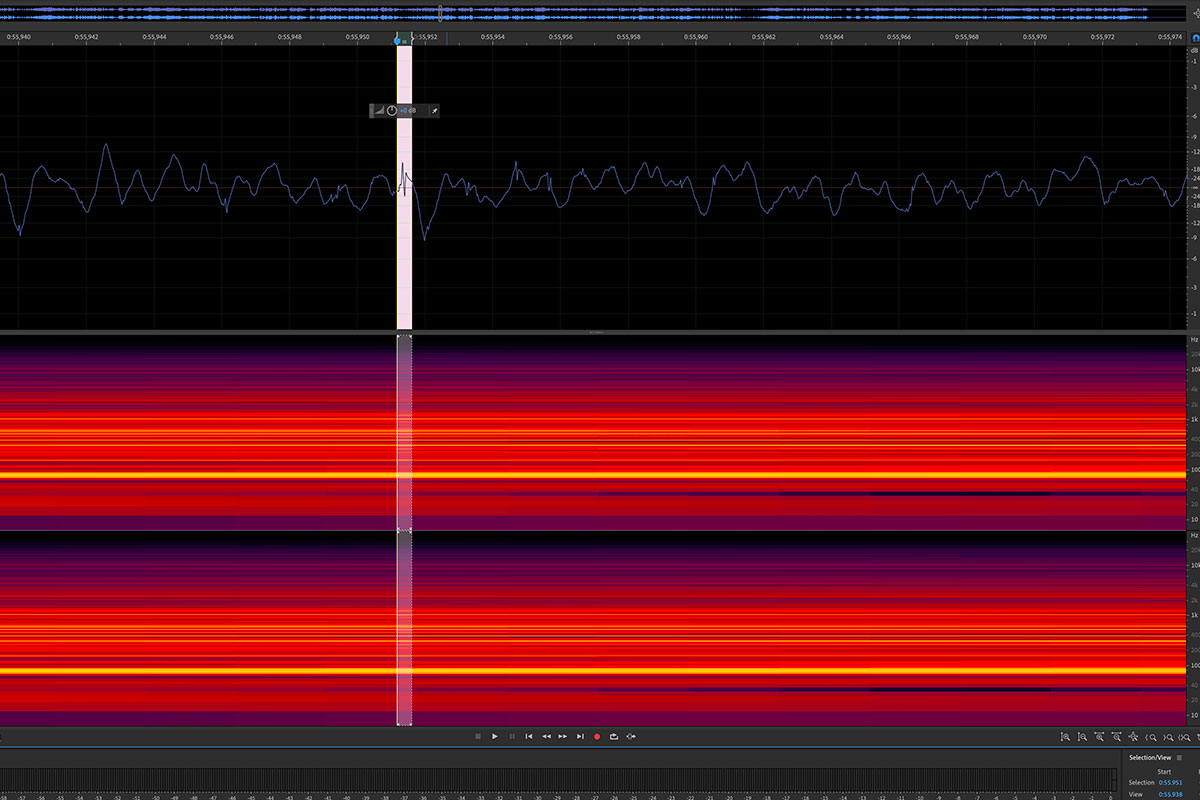Digitalization
The process of digitizing the shellacs and vinyls, known as the transfer, is carried out in Vienna, Zurich, and Buenos Aires. Due to the delicate nature of the old materials, we handle the discs with utmost care. They undergo a thorough cleaning, are photographed, repackaged, and stored in a manner that ensures their preservation. We prioritize material-friendly practices throughout the entire process.
Sound preservation and the right transfer
Preserving tones/music in their original form is not physically possible due to certain limitations. The music needs to be altered by amplifying or attenuating specific frequency bands. This is achieved through the application of the emphasis curve by the sound engineer during the pressing of the sound carrier.
To reproduce the music accurately, the corresponding de-emphasis curve must be applied. This means that the frequency bands that were previously attenuated (low frequencies) need to be amplified again, and vice versa.
Before the introduction of the RIAA curve in 1954, this process lacked standardization. Therefore, the art of shellac transfer lies in precisely determining the appropriate de-emphasis curve. For this purpose, we utilize our own device, a preamp, which allows us to selectively intervene in specific frequency bands.


Some settings on the pre-amp to define the correct curve.
In order to identify the correct pitch, which is often referred to as the "standard pitch," we have various methods, such as using plugins or playing chords on a digital piano set to the desired pitch. In the majority of cases, we need to slow down the transfer process.


First, the shellac is treated with a soft brush and a specialized solution, and then the dirt is suctioned out from the groove.


After the transfer, a gentle declicking and pop removal process is implemented. However, since mid-2014, we have ceased using automatic algorithms as they heavily distort the entire sound spectrum. Instead, we have chosen to embrace the inherent surface noise that comes with transferring shellacs.
The equalizing and mastering stages serve as the final steps in the transfer process. All these steps are conducted in the 32-bit / 96 kHz mode, ensuring high-quality audio preservation.
Our tunes are offered in the following formats:
- AIFF, 16 bit/44.1 kHz (starting from July 2023, in 16 bit/48 kHz)
- FLAC, 24 bit/96 kHz
Would you like to learn more about sound formats and which one is right for you?


